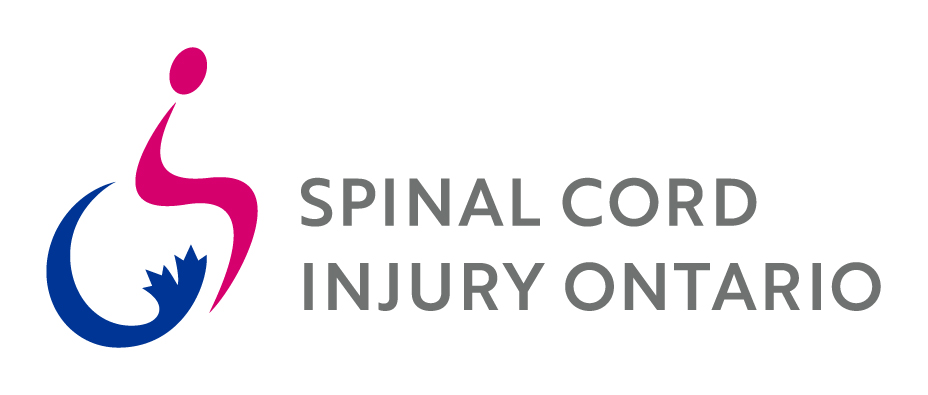When I was approached by SCIO to contribute a column dedicated to research, I started immediately to go down one of those rabbit holes on a host of topics. After reviewing drafts, I realized it would be like reading a book, but starting on the fourth chapter. With that in consideration, I felt it was best that we, which includes you the reader and myself, start with the fundamental foundation that has set the tone for SCI research. I thought it best to go back to the beginning of our journey after having a spinal cord injury.
When I had my spinal cord injury 35 years ago, I remember the information that I received from the medical team when I asked the question, “Is this permanent?” The answer, as many of us have heard, was, “You have suffered a spinal cord injury and you will never walk again.”
Those words have led many of us to embark on a journey to help fund or find research that would one day restore the functions we once had (cure) or, alternatively, to explore ways to get on with our lives and take care of ourselves (care). For some reason, this dichotomy of thought polarized our community into two separate camps, cure versus care. Over time we have slowly seen the positive results of all types of research that improves our quality of life and leads to best practices in care. We have also seen advancements in research where we are on the cusp of seeing restorative function provided by current research and clinical trials.
As someone who has been involved and advocated for research since my injury (approaching almost four decades), I never understood why we must decide between care versus cure. What we should be looking at is our involvement as a community in all types of research. That starts with the premise that spinal cord research is not just neuroscience for a cure but could involve all aspects of our daily living, from nutrition to exercise, better seating, treatment of pressure sores, urinary tract infections, better bowel routines and, yes, restorative measures that bring back potential function that we’ve lost after a spinal cord injury. What we know today is that all aspects of research are better if we, as people with spinal cord injuries, are at the table. We must be involved from the very beginning of SCI research to help set the agenda which means:
- We should be there at the beginning when we communicate to the research world what our priorities are.
- We should be in the lab when researchers are designing studies.
- We should be consulted in drafting the protocol for clinical studies.
- We should be there helping to communicate the efficacy of the proposed research.
- We should be helping educate our fellow brothers and sisters with spinal cord injuries about what’s involved in a clinical study before they enroll.
- We should be at the table reviewing the results of the studies.
- We should be part of the team in discussing how research results can be translated into studies and to real-world applications.
- We should hold researchers and the media accountable for falsely raising hopes via media hype of “new discoveries.”
The problem with SCI research over the past four decades is that it has not involved the community in the research enterprise in the way it should be. This must change – and it will. On behalf of the Canadian Spinal Research Organization and the North American Spinal Cord Injury Consortium, I want to express how grateful we are for Spinal Cord Injury Ontario to give us this opportunity and platform to communicate and talk about research to SCIO members. Moving forward we will share with you information on current SCI research and research trends that are happening here and now. A more detailed discussion and description of research topics will include:
- Neuromodulation which includes epidural stimulation and transcutaneous stimulation;
- Mend the Gap: a 24-milion-dollar, international, multi-centre research initiative for translating basic research through human clinical studies; and
- The North American Spinal Cord Injury Consortium SCI Resource Advocacy Curriculum – an online resource to better understand SCI research.
These are just a few of the topics that I will be expanding on in upcoming editions. To learn more about SCI research and how you can become involved click here.







